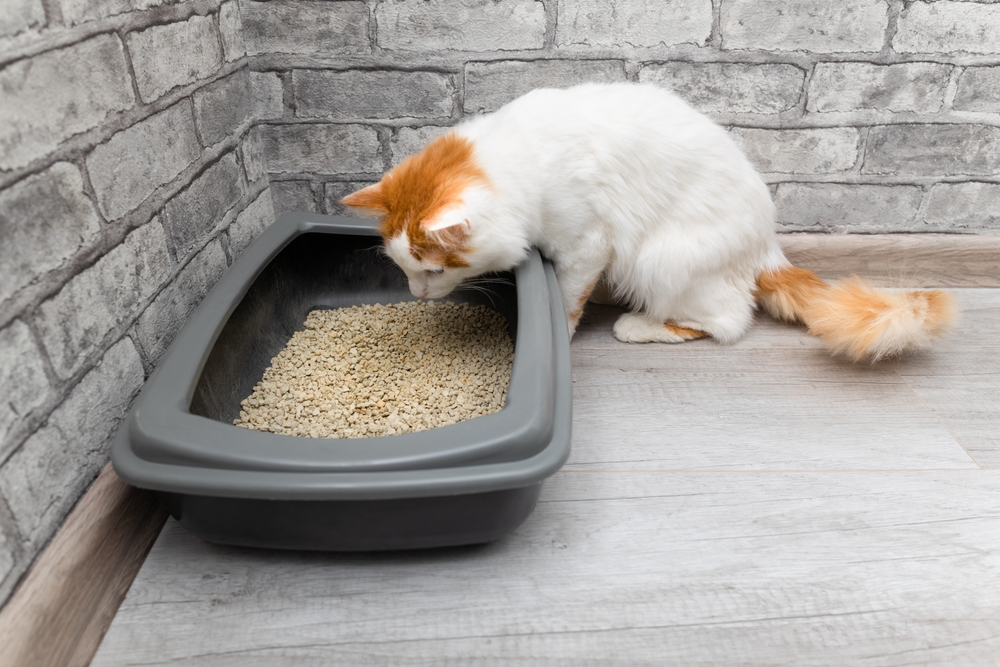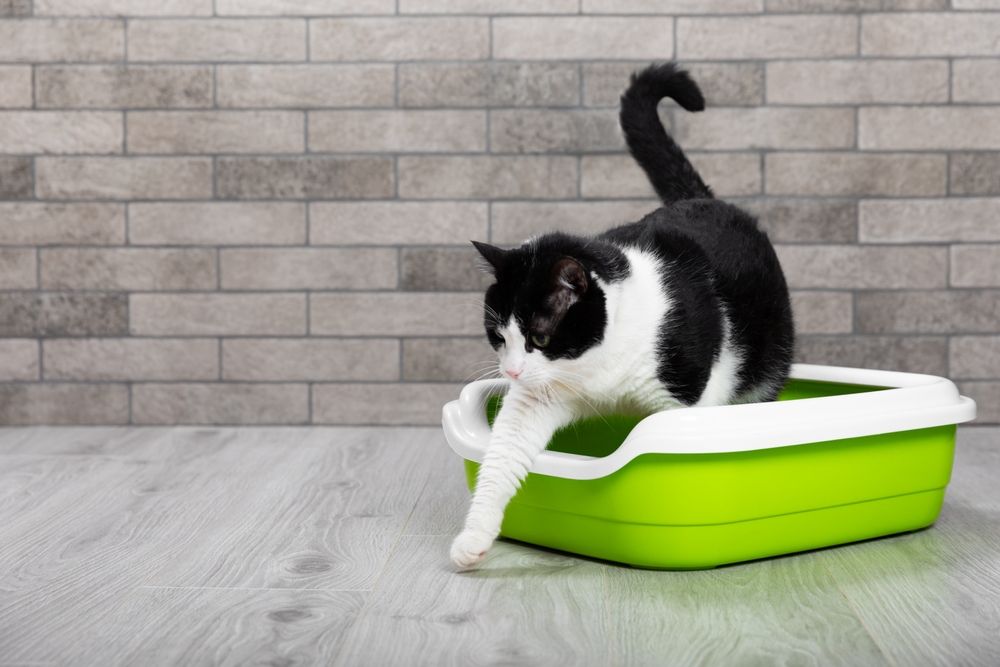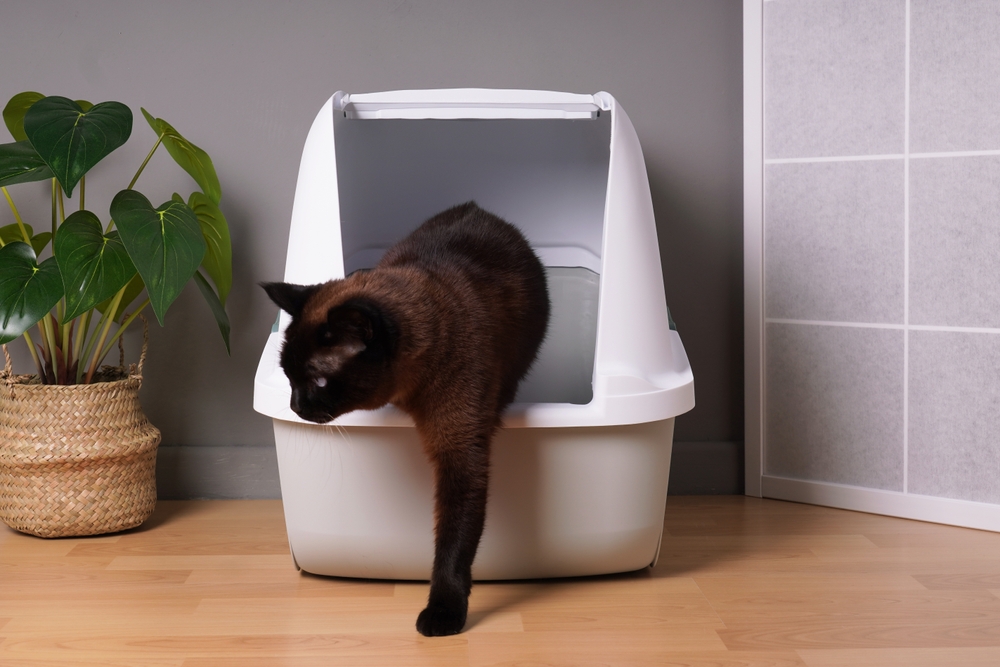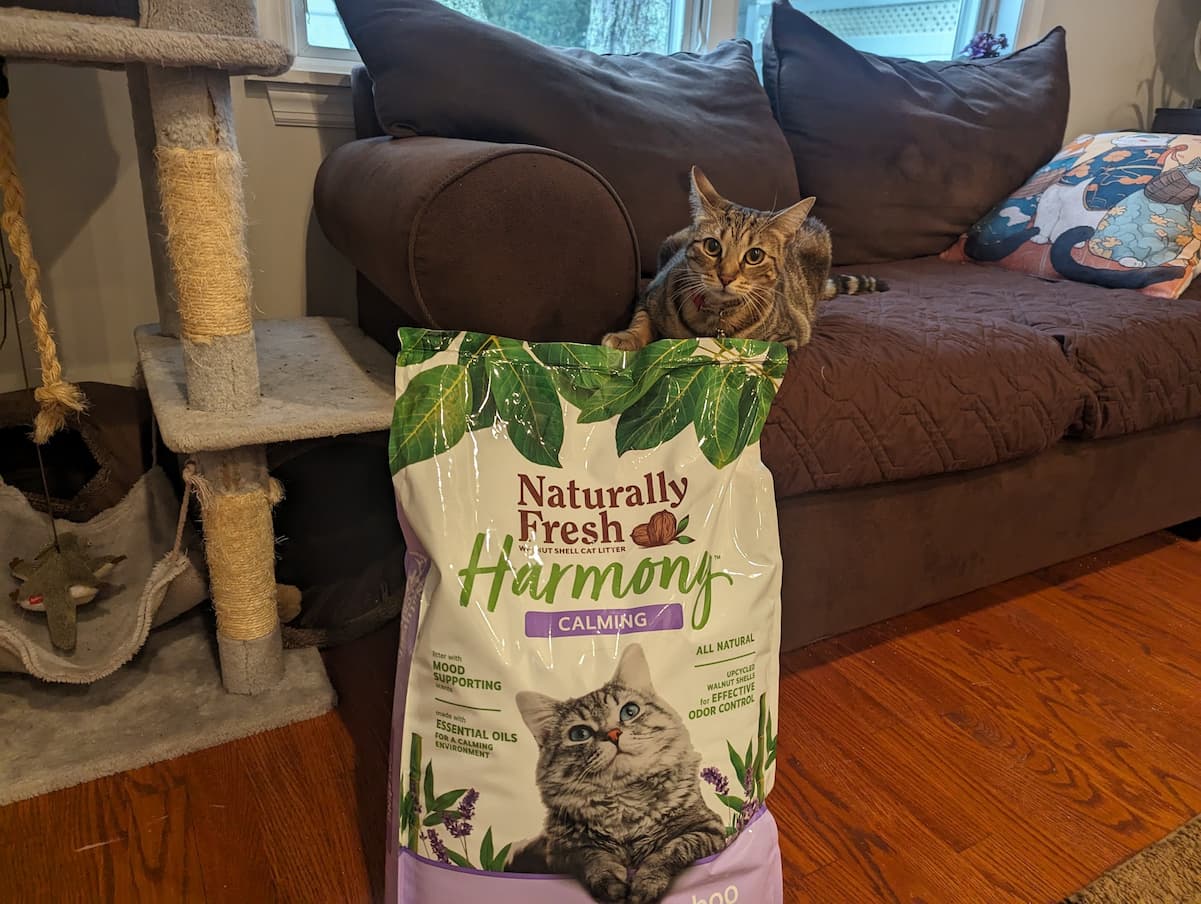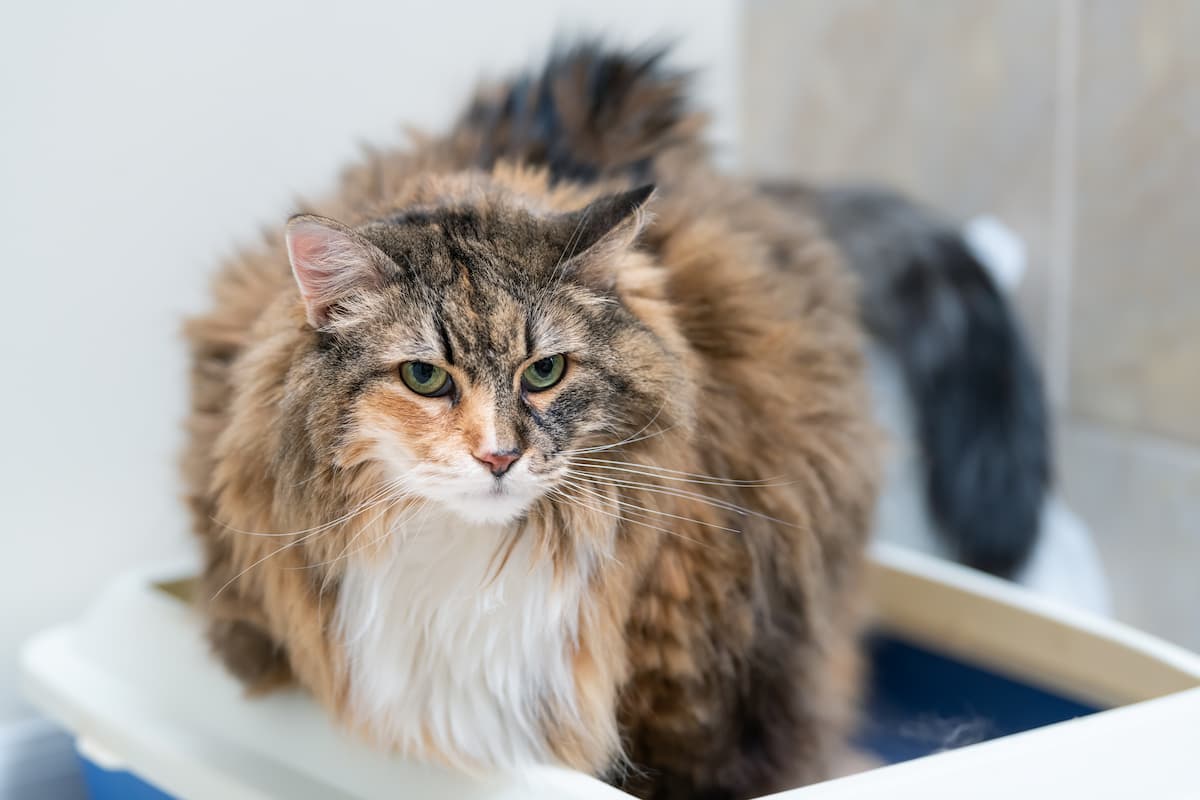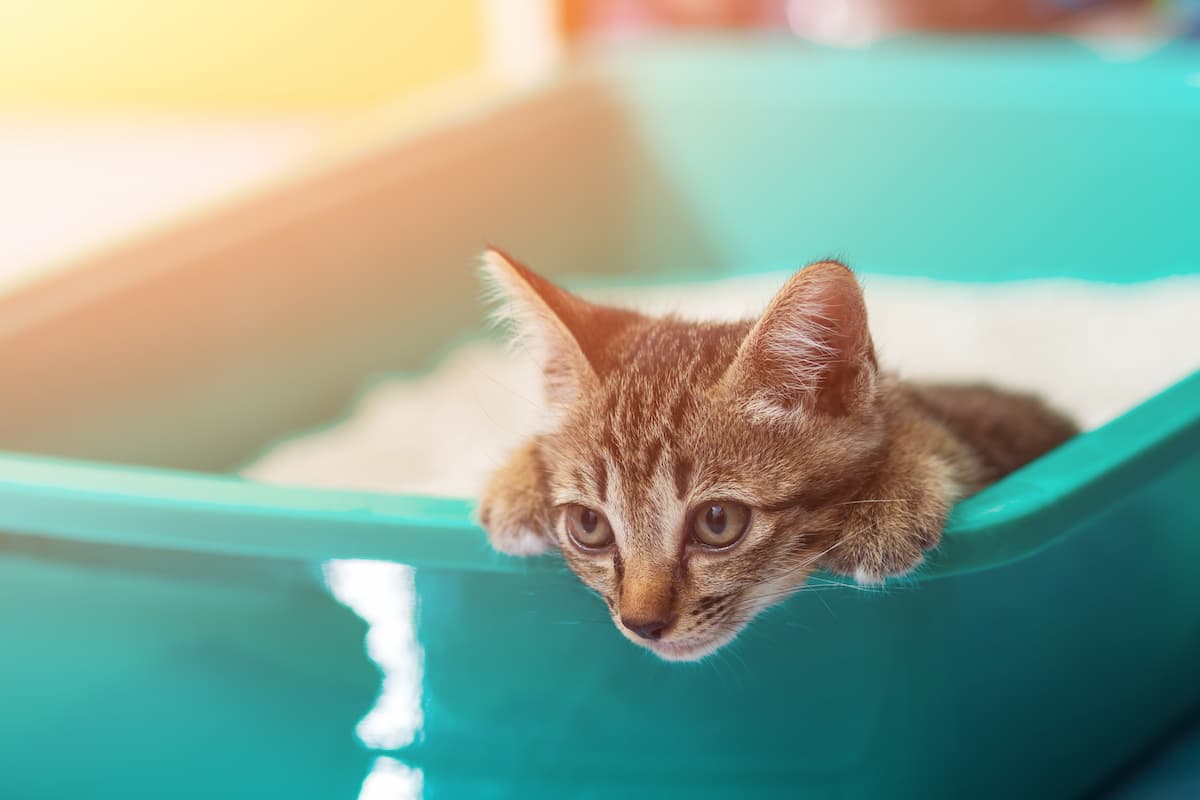Best Natural Cat Litter: 6 Picks You Can Feel Good About
by Kate Hughes
Updated on August 29, 2024
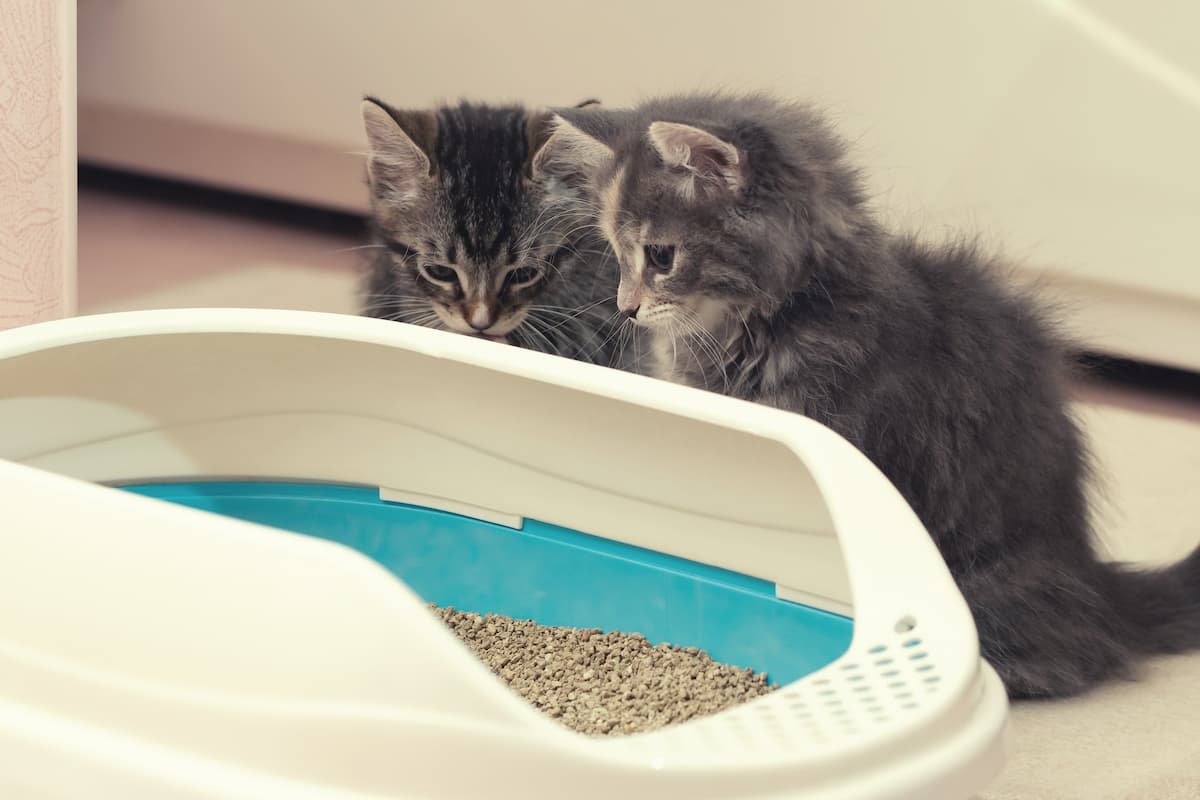
All featured products are chosen at the discretion of the Vetstreet editorial team and do not reflect a direct endorsement by the author. However, Vetstreet may make a small affiliate commission if you click through and make a purchase.
Over the past few years, there’s been a significant shift in consumer preferences toward “natural” products, from food to clothing to beauty. Even the world of pet supplies has seen increased demand for natural alternatives to essential items like cat litter. According to a recent study, demand for natural cat litter has been rising and will continue to increase for the foreseeable future.(1)
Further, the value of the natural cat litter market is expected to reach $11.3 million by 2030, up from $7.5 million in 2021.(1)
If you’d like to use natural cat litter but aren’t sure where to start, keep reading. We’ll give you the inside scoop with everything you need to know.
What is Natural Cat Litter?
The definition of “natural” can vary depending on who you talk to, but generally, a natural product is made from renewable or environmentally friendly materials and is free of harmful chemicals and additives.
Natural cat litter can be made from walnuts, corn, wheat, wood shavings or pellets, and even recycled paper products. Many natural cat litters are biodegradable or compostable, making them more eco-friendly than traditional clay cat litters.
They also typically create less dust, making them easier on kitties with asthma or other sensitivities.
However, there are some things to consider if you’re thinking of switching to a natural, more earth-friendly cat litter.
Natural litter can be pricier than standard clay litter. And, just like traditional cat litters, you’ll find a wide range of odor control and clumping capabilities. This often depends on the natural materials used, so it pays to do your research before you make a switch.
To get you started, here’s a helpful list of our favorite natural cat litter options, so you can make the best choice for your household and your favorite feline.
Our Picks
- Best Overall Natural Cat Litter: Naturally Fresh Harmony Lavender and Bamboo Formula
- Best Natural Litter for Multiple Cats: Catalyst Natural Soft Wood Cat Litter
- Best Corn Cat Litter: Nature’s Miracle Natural Care Clumping Corn Cat Litter
- Best Wheat Cat Litter: Swheat Scoop Fast Clumping Cat Litter
- Best Wood Pellet Cat Litter: ökocat Less Mess Clumping Wood Cat Litter
- Best Grass Cat Litter: ExquisiCat Naturals Clumping Litter
6 Best Natural Cat Litters to Consider
Ready to find a natural cat litter for your fabulous feline? Here are our six top picks for your consideration, based on our expert research.
Best Overall Natural Cat Litter
Our Pick: Naturally Fresh Harmony Lavender and Bamboo Formula

Naturally Fresh cat litter is made from upcycled walnut shells, which naturally neutralize litter box smells. The Harmony Lavender and Bamboo Formula was designed to help calm restless and anxious cats by infusing the litter with lavender and bamboo essential oils, which offer soothing properties. Naturally Fresh walnut shell cat litter is sustainably grown, certified, produced in solar-powered facilities, and derived from a renewable resource. It is also absorbent and clumps quickly for easy cleaning.
Highlights
- Pleasant lavender scent
- Naturally odor-neutralizing
- Reduces restlessness
- 100% eco-safe, compostable, and annually renewable
- Contains no toxins
Things to Consider
- Litter is a dark color, so it may be harder to see clumps and feces
- Though the scent is subtle, it may not be the best choice for cats (or humans) sensitive to smells
Best Natural Litter for Multiple Cats
Our Pick: Catalyst Natural Soft Wood Cat Litter

Made from upcycled wood fiber from pine and fir trees, Catalyst Natural Soft Wood Cat Litter is a clumping and low-dust litter ideal for families with more than one feline friend. With superior odor control and a light natural pine scent, this litter will help keep litter boxes fresh for a long time. The litter is lightweight and made from clean, unused wood fibers sourced from wood waste, making it a sustainable choice. Catalyst litter is also biodegradable and compostable.
Highlights
- Lightweight formula
- Clumping cat litter
- Low-dust
- Natural pine scent
- Biodegradable and compostable
Things to Consider
- Reviewers note that this litter may stick to cats’ paws to be tracked outside of the box
- On the pricier side
- Not suited for automatic litter boxes (too light)
Best Corn Cat Litter
Our Pick: Nature’s Miracle® Natural Care Clumping Corn Cat Litter

Made from heat-processed natural corn cob, Nature’s Miracle Natural Care Clumping Corn Cat Litter features a Bio-Enzymatic Odor Control System that begins counteracting odors on contact. It absorbs twice as much water as traditional clay litter and has a fast-clumping formula. The bag features a resealable zipper and handle for more convenient litter box refills.
Highlights
- Lightweight
- Odor absorbent
- Good price
Things to Consider
- Reviewers noted that the scent of this litter could be particularly strong
- The lightweight litter can stick to cat fur and be tracked outside the litterbox
Best Wheat Cat Litter
Our Pick: Swheat Scoop Fast Clumping Cat Litter

sWheat Scoop is a biodegradable, all-natural cat litter from USA-grown Hard Red Spring Wheat. The wheat enzymes neutralize odor, and wheat starches clump firmly for easy scooping. It’s low dust and doesn’t track all over the house, even with multiple cats. It’s also flushable! sWheat is also committed to sustainability and partners with an organization called Plastic Bank to fund the recovery and recycling of plastic waste.
Highlights
- Long-lasting odor control
- Clumps quickly
- 100% biodegradable
- No added dyes or perfumes
Things to Consider
- On the more expensive side
- Some reviewers noted that they found insects in this litter
- Some reviewers saw their cats eating this litter
Best Wood Pellet Cat Litter
Our Pick: ökocat Less Mess Clumping Wood Cat Litter

ökocat Less Mess is a clumping cat litter made from responsibly sourced natural wood fiber that has been de-dusted. The mini pellets absorb liquid on contact, forming solid clumps that are easy to scoop. Their shape makes them less likely to stick to fur or be tracked through the house than clay litter. ökocat Less Mess is biodegradable, compostable, and flushable.
Highlights
- Dust-free
- Free of artificial fragrance, synthetic chemicals, toxic dyes, and GMOs
- Lightweight
- Great odor control for urine
Things to Consider
- The pellets are too large for some litter scoops, you may need to upgrade your current equipment
- Pellets may also be a difficult adjustment for cats used to clay litter
Best Grass Cat Litter
Our Pick: ExquisiCat Naturals Clumping Litter
Exquisicat Naturals Grass Seed Clumping Cat Litter is made from grass seed and offers strong moisture absorbency, 10-day odor control, and minimal dust. It clumps well, making scooping easy while emitting very little dust. It is unscented and ideal for multi-cat households.

Highlights
- 10-day odor control
- Hard clumping
- Biodegradable
- Fragrance-free
Things to Consider
- Some reviewers noted that their cats did track this litter outside of the box
Natural Cat Litter: Buyer’s Guide
Now that you have a better idea about natural cat litter and its different forms, let’s break down some key factors to remember when choosing which one will work best for your feline friend and your family.
Price. Most natural cat litter is pricier than traditional clay litter. Sustainable processes often cost more than less-eco-friendly alternatives because they must meet more stringent standards. In this case, pet parents are paying for their cat litter to have a smaller environmental impact.
Biodegradability. If a litter is labeled “biodegradable,” that means that natural processes can break it down. This is another sustainable quality that may influence the litter’s price.
Shape/Form/Weight. Natural cat litters come in various shapes, sizes, and weights. Your choice will almost certainly come down to your cat’s preference. Some cats are fussy about the feel of pellets or wood shavings on their feet. Others couldn’t care less about pellets but can’t stand the feel of wheat. Unfortunately, you won’t know if your cat will tolerate a specific litter until you try it.
Special needs. Some cats have special needs that might prevent them from using a particular litter. For example, declawed cats don’t usually adjust well to pellet litter because it can hurt their feet. Or a cat may be allergic to wheat or corn. Be sure to consider your individual cat’s needs before diving into a new type of litter.
Flushable. Some litters are touted as flushable, but plumbers do not recommend flushing anything other than human waste and toilet paper. There are a couple of reasons for this.
First, most wastewater treatment plants are designed to manage human waste only, and cat feces carry some very dangerous bacteria and parasites that can spread into waterways. Second, most toilets manufactured after 1992 are considered low-flow and may not have the power needed to flush cat feces through a home’s pipes. This can lead to very serious and expensive clogs.(2)
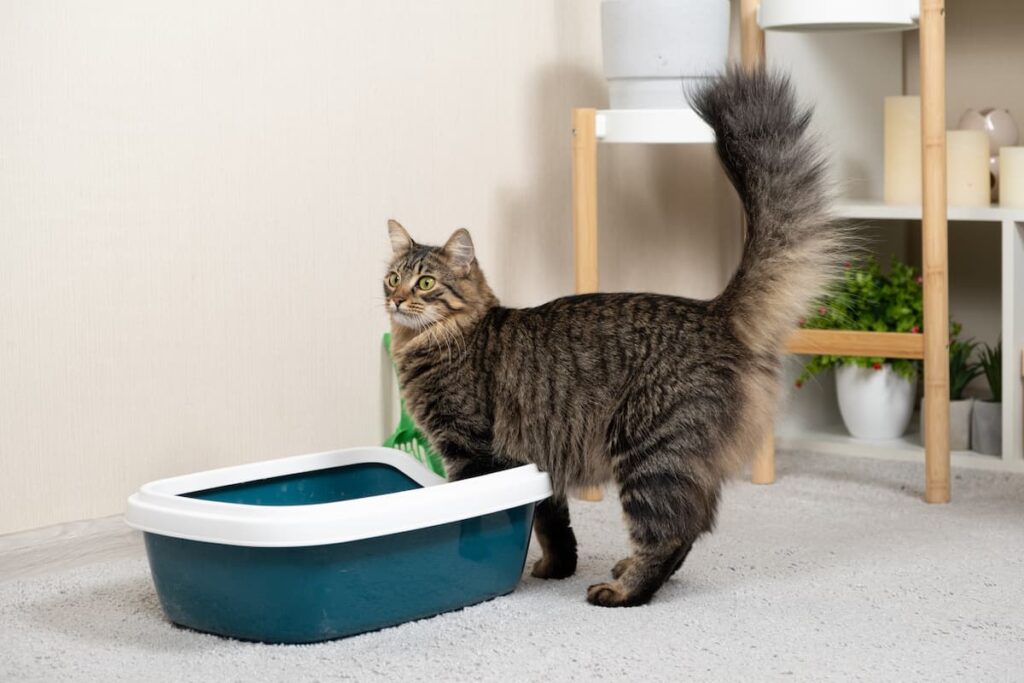
Tips for Using Natural Cat Litter
- Natural cat litter should be used much like traditional clay litter. Pet parents should pour about three inches of litter into their cat’s box and scoop at least once daily.
- Most of the litters listed above are rated for households with multiple cats, but that doesn’t mean that you only need one box for several kitties. Veterinarians generally recommend one box per cat in the household plus one spare (so if you have three cats, you should have four boxes).
- Lightweight litters are not typically recommended for automatic litter boxes. If you have an automatic box, ensure it will work with your preferred natural litter before taking the plunge.
- If you’re transitioning your cat to a new litter, do not simply switch out the litter. Layer the new litter with the old so your kitty isn’t shocked by a different texture or scent.
- Above all else, the best litter is the litter your cat will use. If your cat refuses to use a certain type of litter, it’s probably worth exploring other options rather than forcing the issue.
If you’re looking to make your home a little more eco-friendly, natural cat litter is a good place to start. With so many options out there, you’re sure to find one that fits Fluffy’s needs, now that you know what to look for!
Resources
1. https://www.verifiedmarketresearch.com/product/natural-cat-litter-market/
2. https://www.metrowaterrecovery.com/is-it-okay-to-flush-cat-litter-down-the-toilet/
The author received compensation from PetSmart for their services in writing this article.

